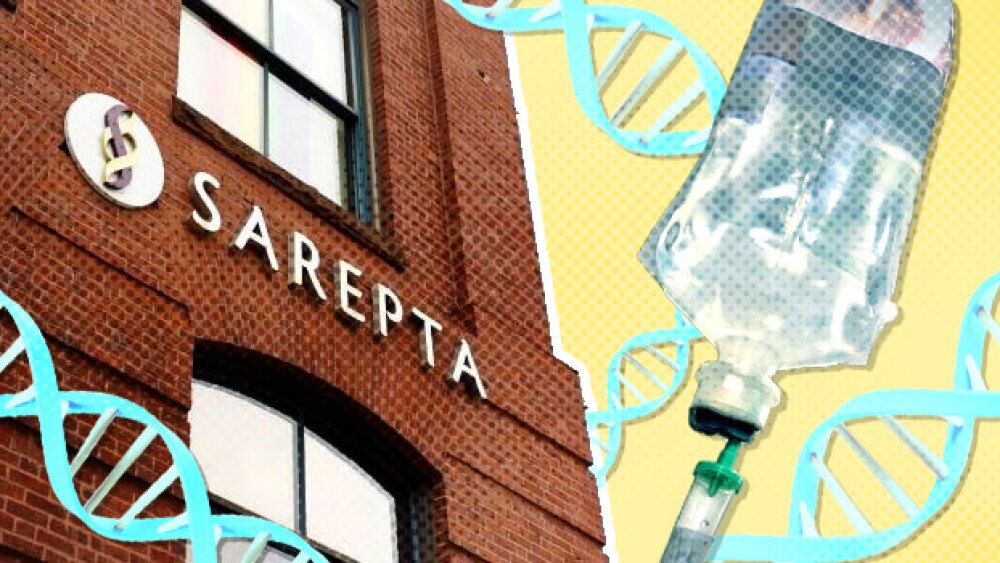Multisystem inflammatory syndrome in children (MIS-C) was first formally recognized in May 2020 as a post-infectious syndrome in children exposed to the SARS-CoV-2 coronavirus
|
BOSTON, Feb. 24, 2021 /PRNewswire/ -- Multisystem inflammatory syndrome in children (MIS-C) was first formally recognized in May 2020 as a post-infectious syndrome in children exposed to the SARS-CoV-2 coronavirus. In today’s JAMA, a study led by Boston Children's Hospital refines the medical understanding of MIS-C and helps distinguish this rare condition from severe, acute COVID-19 in children, with which it shares some features. The findings are the second report from the national Overcoming COVID-19 study, led by Boston Children's across 66 pediatric centers in 31 U.S. states and funded by the Centers for Disease Control and Prevention. The first report, in The New England Journal of Medicine in June 2020, described findings in 186 children with MIS-C. This new report reviews the cases of 539 children under age 21 who met the CDC's current definition of MIS-C, comparing them to 577 children with severe, acute COVID-19. "This is the largest study we know of to describe severe COVID-19 versus MIS-C in kids," says Adrienne Randolph, MD, MSc, a critical care physician at Boston Children's and corresponding author on the paper. "Our findings highlight that there's a lot of overlap between the two conditions, but also point to differences that could affect treatment." MIS-C versus severe COVID-19 The current CDC criteria are meant to capture as many MIS-C cases as possible: age under 21, fever lasting at least 24 hours, laboratory evidence of inflammation, dysfunction of two or more organ systems, and either a positive result on viral antigen, PCR, or antibody testing or a known exposure to the virus. "Our study shows that this broad definition of MIS-C includes some patients who are possibly critically ill from acute COVID-19," says Randolph. The children studied were hospitalized from March 15–October 31, 2020, at 66 U.S. hospitals in 31 states. Among the findings that emerged:
"Overall, our observations show that MIS-C and severe COVID-19 in children fall on a continuum, but there are some features that are more strongly associated with MIS-C," says Randolph. "Our data may help consensus bodies like the CDC and World Health Organization refine their definitions and guidelines." Implications for care The more detailed information in the new report could help doctors better distinguish between MIS-C and severe COVID-19 and choose the most appropriate treatments, the researchers say. For example, IV immunoglobulin, which is in short supply, is commonly used in MIS-C but may not be appropriate for acute COVID-19, Randolph notes. Similarly, while monoclonal antibodies and the antiviral drug remdesivir might be helpful in children with acute COVID-19, they are not appropriate in MIS-C, in which there is no longer an active viral infection to combat. Future research directions In addition to Overcoming COVID-19, Boston Children's is leading and participating in many other multicenter studies to better understand the complications of acute COVID-19 and MIS-C.
The study was funded by the CDC under a contract to Boston Children's Hospital. Leora Feldstein, PhD and Mark Tenforde, MD of the CDC's COVID-19 Response Team and Kevin Friedman, MD of Boston Children's were co-first authors on the paper. Randolph, Manish Patel, MD of the CDC's COVID-19 Response Team, and Newburger were co-senior authors. About Boston Children's Hospital CONTACT: Erin Tornatore, Boston Children's Hospital
SOURCE Boston Children's Hospital |




